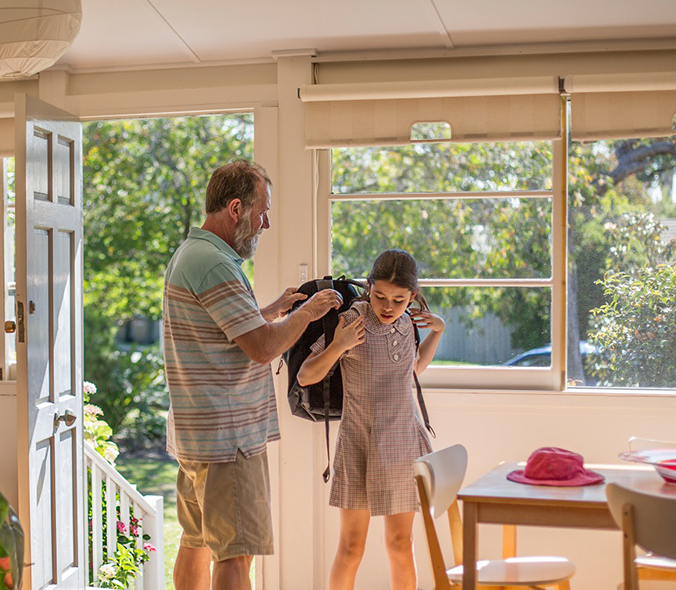On the back of Christmas and school holidays, the back to school season can be tough on the household budget. Here are a few tips for the cost-conscious.
After a long summer break, it’s time to send the kids back to school. For some parents, the thought may bring relief – until they consider the costs.
Depending on their age and stage, the kids’ new school year can bring a lengthy list of things that need to be bought in a relatively short time. From new shoes to books, it all adds up. Here are a few ways to make it less painful on the hip pocket.
1. Look into state-based vouchers for activities
Governments know paying for school activities can be costly and have a series of schemes to help parents pay for the costs associated with things like sport. Often, they’re state-based and vary depending on factors like where you live and how many school-aged kids you have.
- In NSW, look at Creative Kids and Active Kids, which offer $100 vouchers for activities like music lessons and sport.
- Victoria has a similar sports-based scheme called Get Active, which gives parents $200 towards registration and membership-type fees.
- Queensland’s version is called Fair Play and offers vouchers of up to $150.
- In Western Australia, there’s KidSport, which similarly gives out vouchers up to $150 to eligible families.
- South Australia has Sports Vouchers of up to $100, which can be used for dance and swim lessons, too
- Tasmania’s Ticket to Play has two $100 vouchers on offer for kids’ membership fees.
- The Northern Territory also offers two $100 Sport and Swim vouchers, which can be redeemed for sports and cultural activities.
2. Consider second-hand gear or hand-me-downs
School uniforms and books are expensive, but the costs can be slashed if you’re willing to buy second hand.
Often, deals can be found on social media community groups, school notice boards and at the school uniform shop.
If you have friends with older children, asking for their hand-me-down uniforms and shoes could also result in a huge savings.
3. Look online
While many of us are in the habit of heading to the stationery store at the end of the school holidays, buying supplies online could be cheaper if you shop around. Some online suppliers also offer discounts for buying in bulk, which may suit you if you have a co-op of fellow school parents who need a year’s worth of supplies.
4. Sell or trade last year’s gear
If you have newish school shoes, but really need shorts and a sport shirt, you could try to swap by asking around or joining a community group.
Online parents’ groups often also have people selling last year’s uniforms and books, so you could consider putting the stuff you don’t need up for sale.
5. Set up a fund for future costs
If finding the extra cash for school supplies is particularly challenging, you could consider setting up a fund and putting a small amount towards next year’s big spend each week, fortnight or month.
If you can spare an extra $20 a week, that’s more than $1000 over the course of a year, which could help take the pressure off next February. Take a look at our savings accounts to make the most out of your money.






